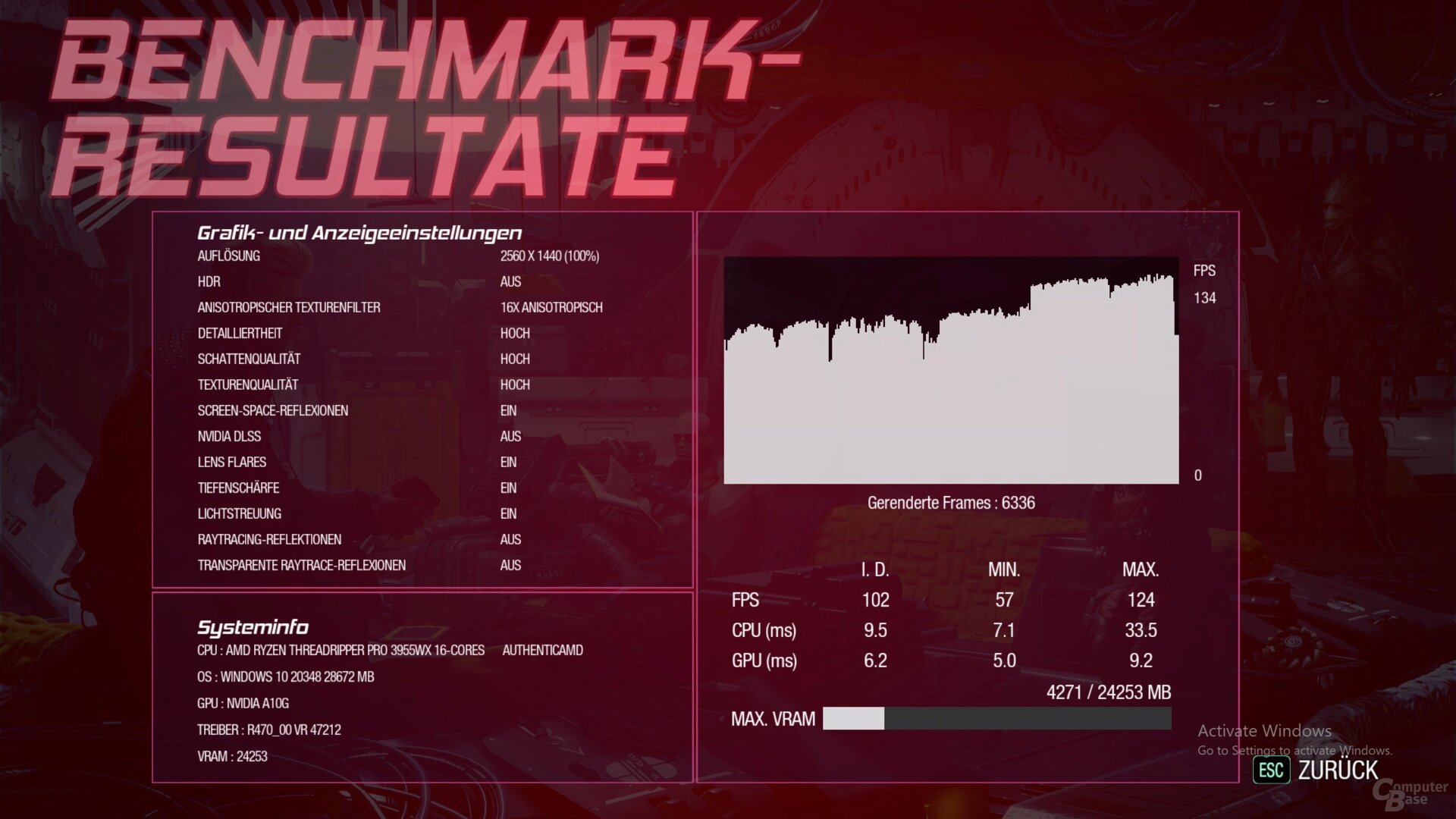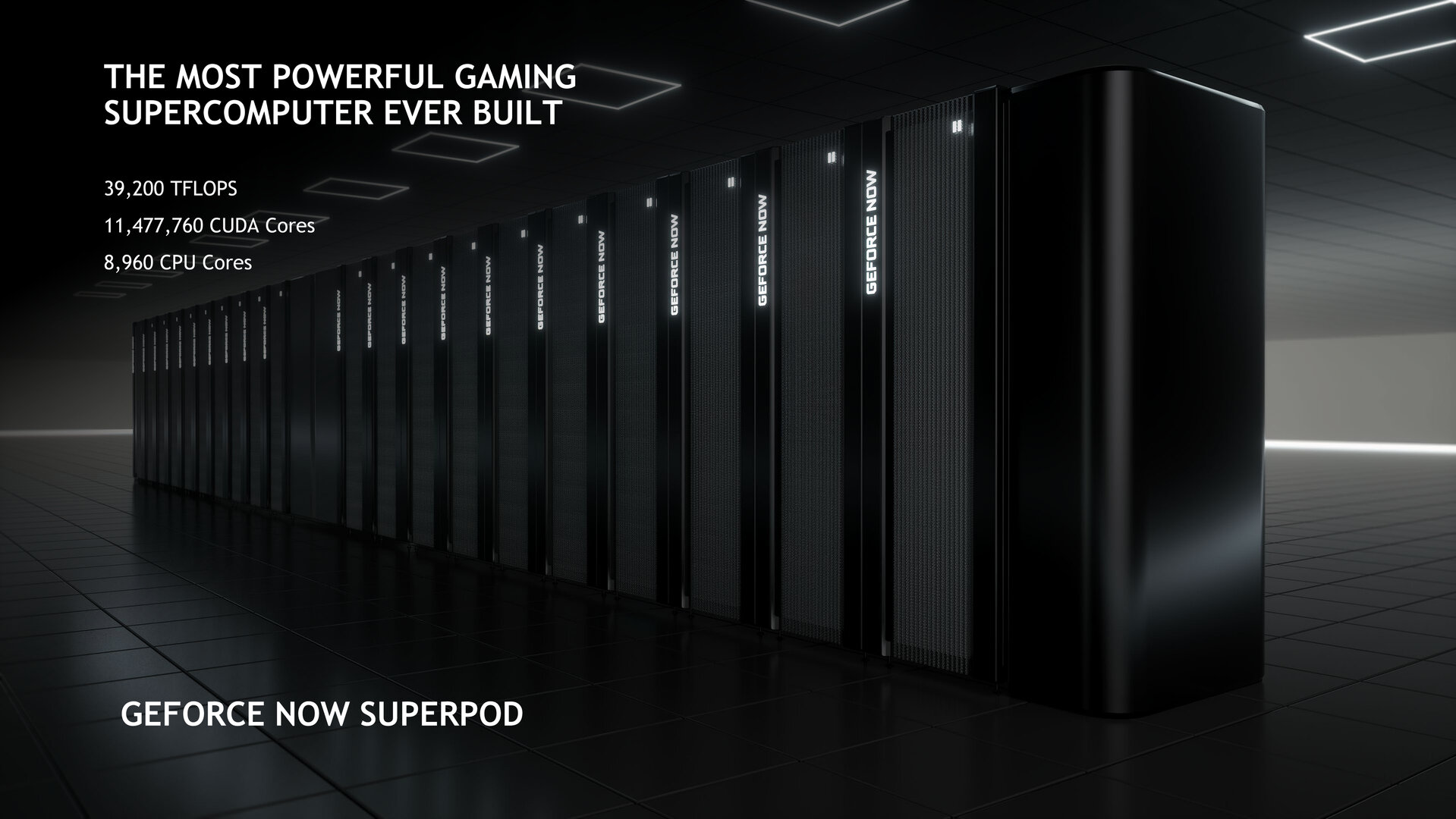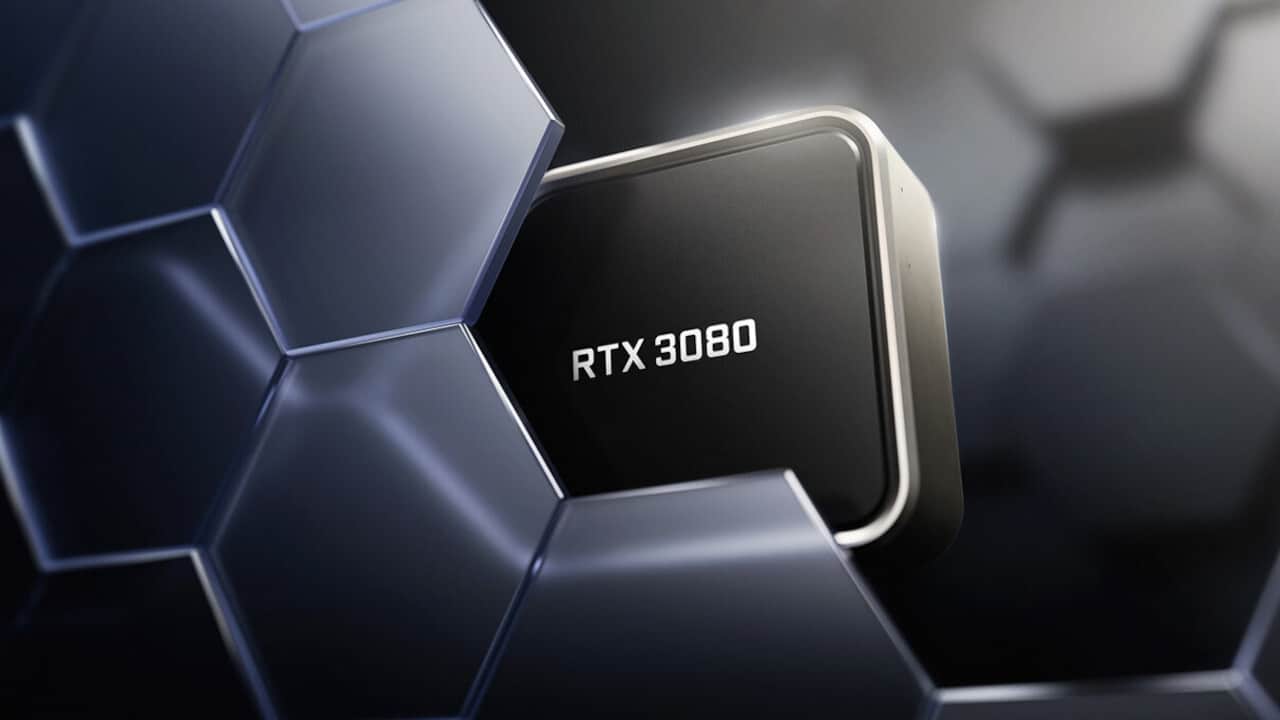Nvidia GeForce Now with RTX 3080 in review
: Test |CUP | Specs |Config
Nvidia GeForce Now is launching a new “Premium Plan” that promises GeForce RTX 3080 performance for game streaming on PC up to 1440p with 120 FPS, ray tracing and DLSS. ComputerBase has compared the performance to that of a real GeForce RTX 3080 and calls for an evaluation of the image quality.
Update 05/06/2022 11:09 am
The new RTX 3080 tariff at a glance
Previously, the highest quality level for GeForce Now was 1080p at 60 fps with support for ray tracing and DLSS when subscribed to a Priority subscription, which includes up to six hours of sessions for €9.99 per month or €49.99 allowed for half a year. Below this, “Free” is a free version without RTX features with sessions up to one hour long and longer waiting times without priority before accessing the service.
The GeForce Now RTX 3080 now adds an even bigger subscription at the top end, which costs €99.99 for half a year of use and can be ordered by anyone in Europe right now. There is no monthly instead of semi-annual subscription for the new level, but it could follow at a later date, Nvidia explained when asked.
The new subscription levels for GeForce Now (Image: Nvidia)
Bild 1 von 8
Higher graphic quality in WQHD with more FPS
The new tariff should enable higher graphic presets in WQHD instead of FHD at up to 120 FPS, exclusively for Nvidia Shield there is even UHD with up to 60 FPS and HDR. But that’s not the only innovation.
Another concerns Adaptive Sync. To do this, Nvidia switches a feedback loop between the server and client screen, which is intended to completely eliminate dropped and repeated frames and ensure synchronized operation without stuttering.
With the requirements for “GeForce Now RTX 3080”, Nvidia mentions a connection with 35 Mbit/s for 1440p with 120 FPS and 40 Mbit/s for 4K with 60 FPS and HDR on the Shield, on the H.265 for the transmission of the stream is being used.
Graphics settings are saved for the first time
An interesting detail that quickly saves a lot of time: changes to the graphics settings are saved with the RTX 3080 subscription after closing the game and restored with the next session. With previous subscriptions, the service behaves in such a way that Nvidia allows changes to the preset, optimized settings, but the Nvidia settings are loaded again when the next session starts.
Threadripper Pro meets “RTX 3080 24GB”
The technical basis for the new offer are also new servers based on a Ryzen Threadripper Pro of the 3000 generation, two “Ampere GPUs that Server Class” – the one “comparable gaming experience as an RTX 3080 on the desktop“ should offer (report as Nvidia A10G) – and put 64 GB RAM. Two players each share a system, so the Ryzen Threadripper Pro 3955WX each provides 8 cores (one CCD), 28 GB RAM and a GPU.


Benchmarks compared to the RTX 3080 gaming PC
The editors took a look at GeForce Now RTX 3080 from three perspectives ahead of launch: What about performance, latency, and image quality?
ComputerBase provides clear answers to the first two aspects. To answer the question of how the image quality is, there is extensive material available for assessment by the community. Because whether there is a quality difference between streaming and local calculation that is relevant for the player depends entirely on the person who has to judge it.
What does RTX 3080 performance mean?
Nvidia promises performance at the RTX 3080 level for the new tariff and shows the desktop version of this performance class and no mobile, much slower counterpart on the accompanying image material. But what does this mean for the customer?
First of all, the editors compared the GeForce Now RTX 3080 with the performance of a GeForce RTX 3080 in combination with a Core i9-12900K (test) – i.e. the currently fastest CPU substructure in a gaming PC. The built-in benchmarks of six games were used here, both in FHD and WQHD.
The results look sobering at first: The combination of Core i9 and GeForce RTX 3080 outperforms GeForce Now RTX 3080 by up to 70 percent in WQHD and even by more than 100 percent in FHD. And even if the gaming PC runs with an FPS limit of 120 FPS, it is even faster. But is this due to the GPU used in the cloud? Two aspects speak against it.
- In Full HD, the gap increases and the CPU has a greater impact there.
- In Watch Dogs: Legion with ultra preset and ultra ray tracing option without DLSS, the gaming PC and the cloud are almost on par – and here the load is almost exclusively on the GPU.
For a second comparison, the editors have therefore put together a gaming PC with GeForce RTX 3080 and Ryzen 7 3800X. Like the Ryzen Threadripper in GeForce Now, the CPU relies on the Zen 2 architecture, which is clearly slower than Zen 3 in games and especially newer titles and therefore even slower than Alder Lake. The result speaks for itself.
GeForce Now RTX 3080 with Zen 2 processor and the gaming PC with GeForce RTX 3080 and Zen 2 CPU are now close together in many titles, with a maximum of 20 percent separating the local machine from the streaming server. The difference should still be mainly due to the CPU, because the Ryzen 7 3800X 8-core processor clocks higher than the Threadripper.
Conclusion on GeForce Now RTX 3080 performance
In fact, in the cloud, the subscriber gets a GPU whose performance in games is on par with a GeForce RTX 3080. Compared to current high-end gaming PCs with a Ryzen 5000 or 12th generation Intel Core, the performance is still significantly lower in some cases because the CPU in Nvidia’s data center is still based on Zen 2. The stronger the GPU becomes the bottleneck, the closer gaming PCs with faster CPUs and Nvidia GeForce Now RTX 3080 are, because the GPU in the cloud does indeed deliver the performance of the desktop version of the same name.
Nvidia has to put up with the fact that the combination of GPU and Zen 2 CPU does not reach 120 FPS in any current game as a small point of criticism, especially since this cannot be solved with fewer details because the CPU is the brakes is. In the end, however, the customer is suggested what the GPU could do, but the SuperPOD cannot do.
Interestingly, whether GeForce Now RTX 3080 runs with WQHD or FHD does not make any difference in the test due to the selected CPU: Since the processor is the bottleneck in both resolutions, WQHD is usually available without any significant FPS loss.















